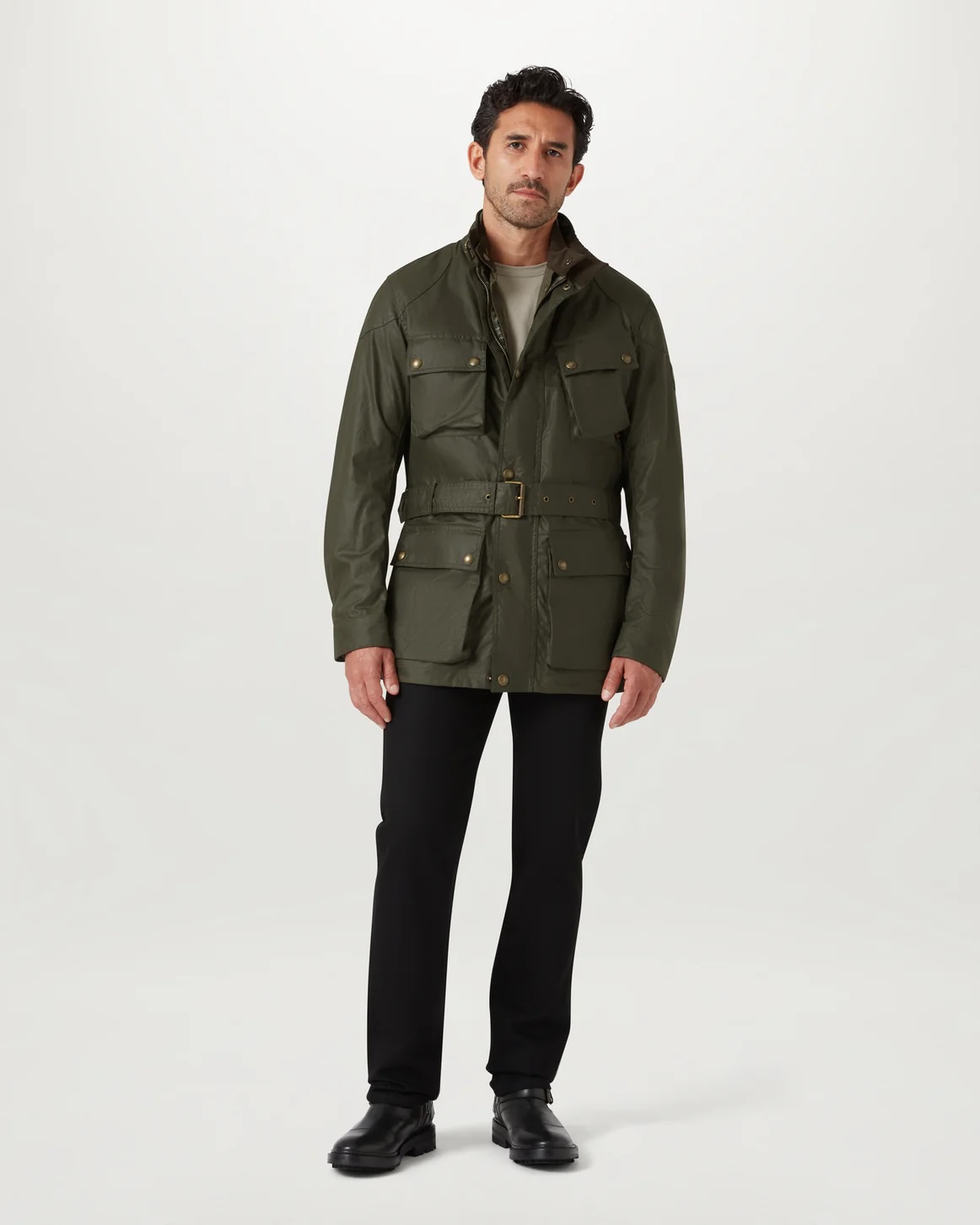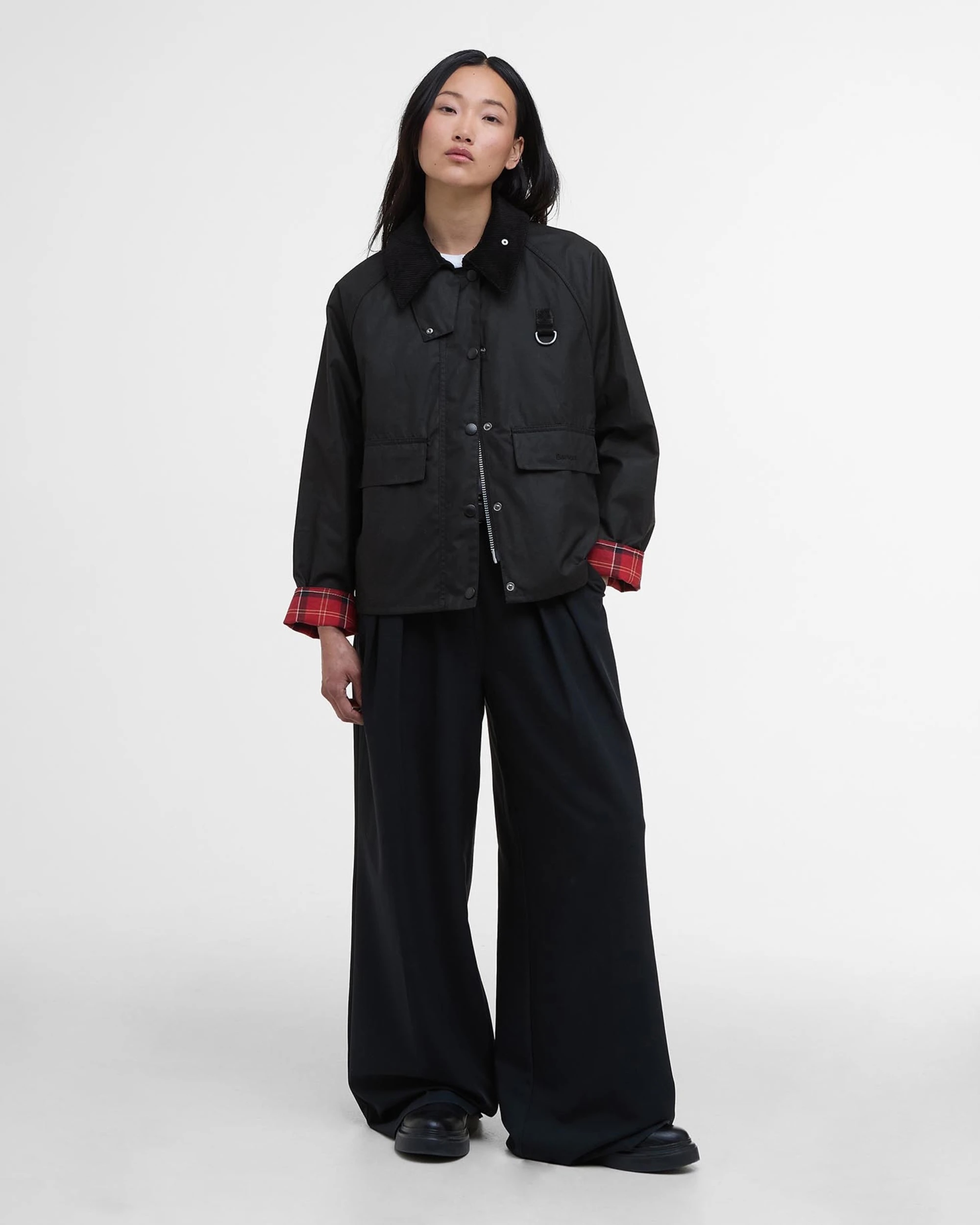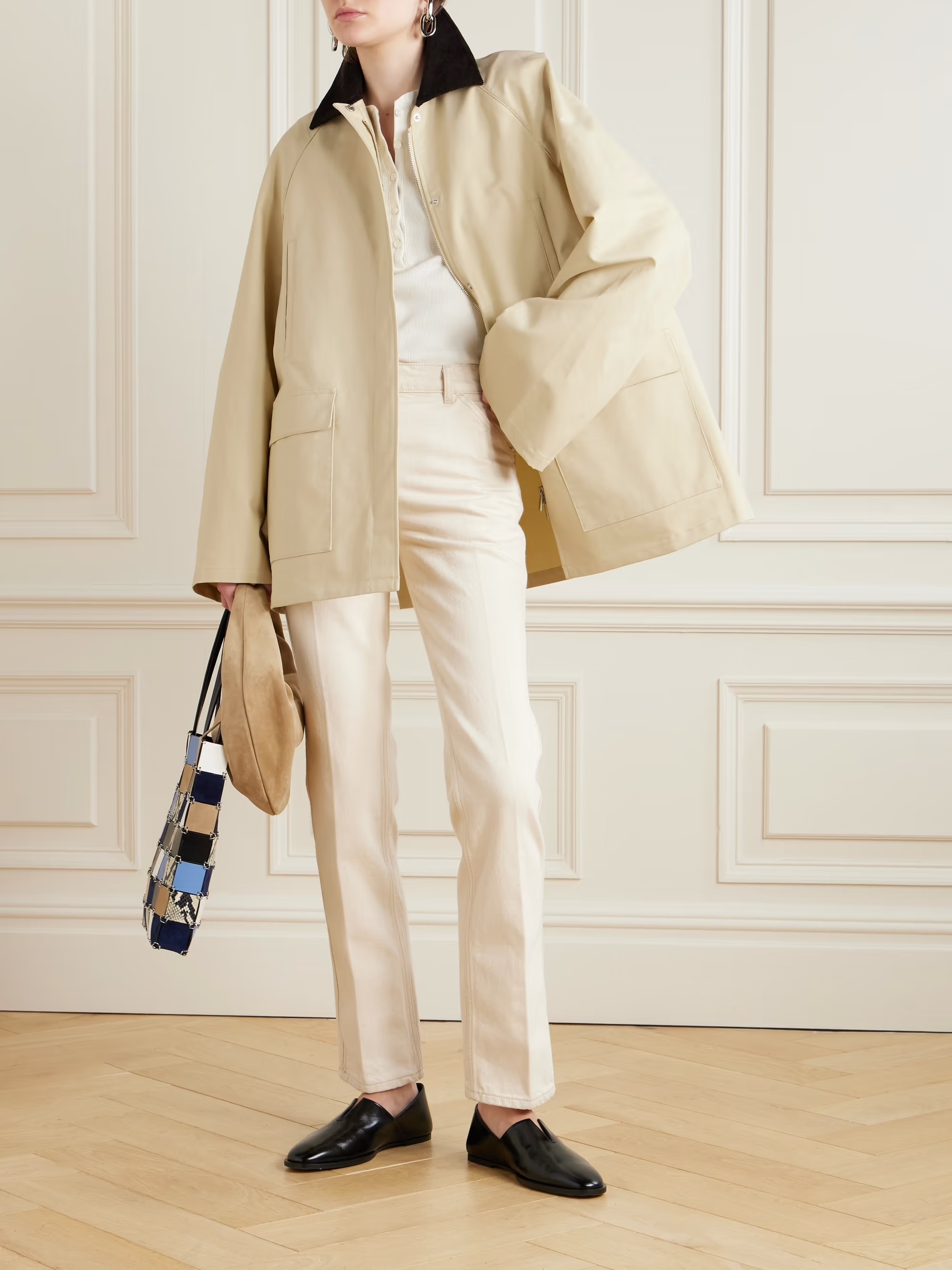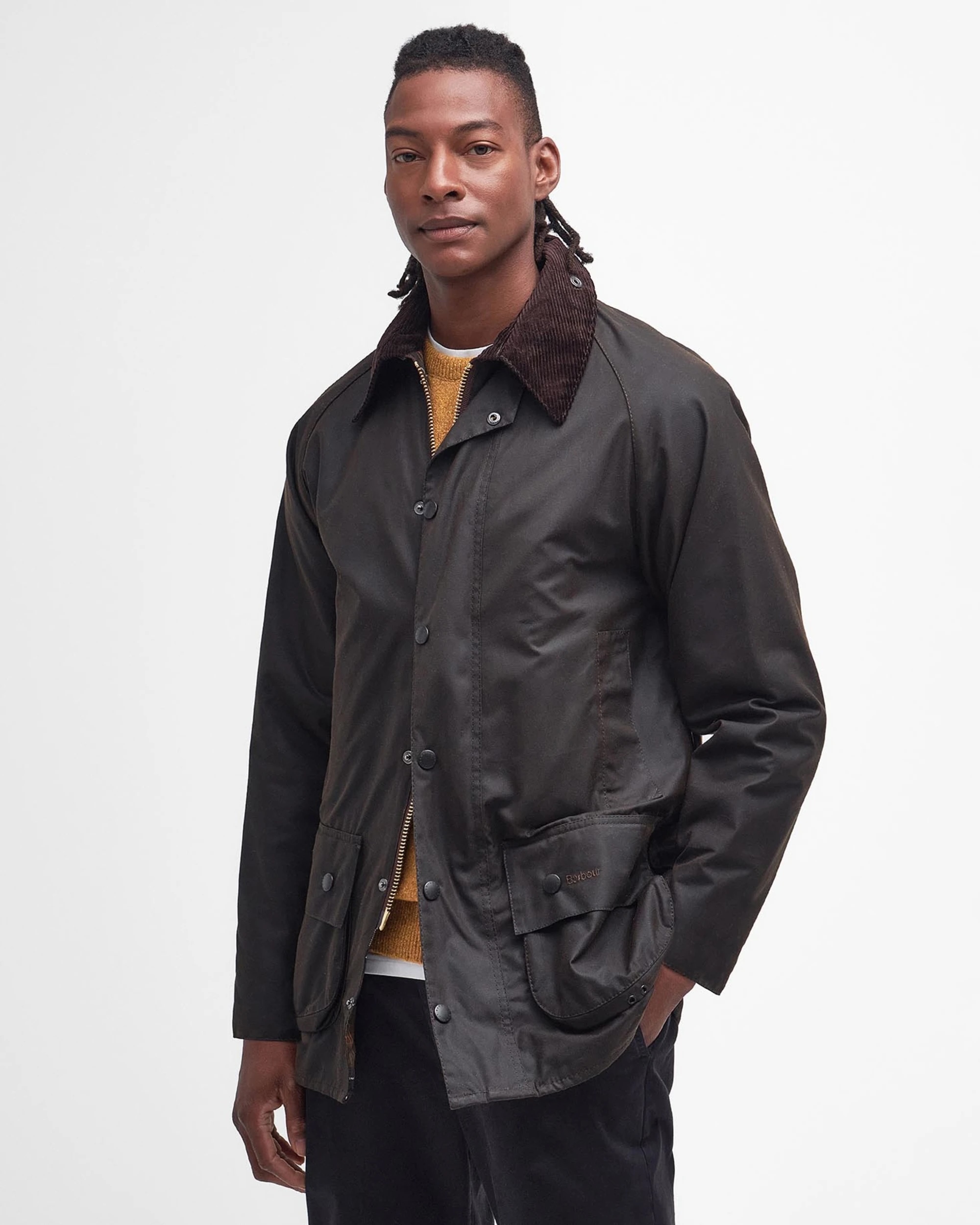What’s better than a date with Ali MacGraw? Tending to your waxed jacket, according to Steve McQueen
This is the story of the world’s most useful jacket — and a staple in Britain's countryside homes.
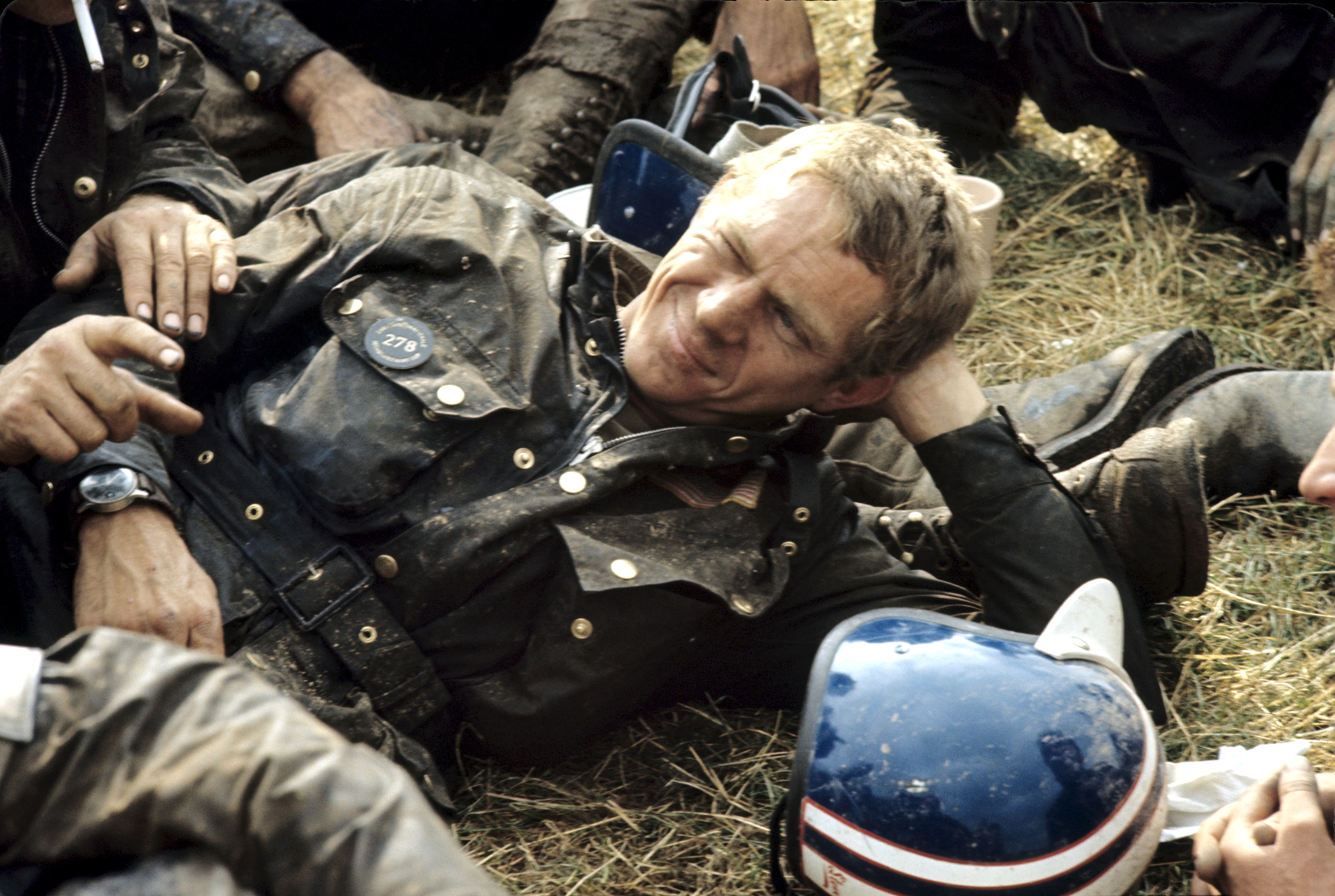

When you purchase through links on our site, we may earn an affiliate commission. Here’s how it works.
The UK is no stranger to a sudden downpour and the need to stay somewhat dry has led to some innovative solutions. The best? The wax jacket, which can trace its roots back to the 15th century and a group of clever Scottish sailors.
It was while battling the elements between Britain and the Baltics that they noticed that soaking wet sails operated more smoothly than dry ones. They began to experiment, coating the cloth with fish oils to waterproof it, and then longer-lasting linseed oil (a byproduct of the flax they were transporting) which made them more durable, water and wind resistant.
Soon, leftover pieces of the waxed canvas were being used to create similarly weatherproof clothing, and in the ensuing centuries the jackets went from maritime essential to wardrobe icon, via motorcycle culture and the British countryside.
John Barbour from Galloway, Scotland, established his namesake brand in 1890 and supplied oilskins to the community of lighthouse keepers and sailors. In 1908, the inaugural Barbour catalogue featured an oilskin suit, ‘impregnable by wind or wet’ and styled for motorcycling; and in 1936, his grandson, Duncan Barbour, developed a waxed suit specifically for the International Six Day Trials (one of the oldest off-road motorcycle events). However, Barbour wasn’t the only brand riding the waxed revolution and in the late 1940s, Belstaff, established in 1924, brought out the precursor to its iconic Trialmaster jacket. Northern Irish championship winning motorcycle racer Sammy Miller proclaimed it his ‘lucky charm’ after winning the first race in the 1954 Scottish Six Days Trial while wearing one — and he might’ve been onto something, because he went on to win more than 1,300 races.
Waxed jacket’s durability, practicality and comfort meant that they were ripe for country pursuits. And incidentally, paraffin wax treatments, developed in the 1930s, were only available in black or khaki — the ideal colours for working farmers and sportspeople engaged in activities such as shooting, fishing, riding… and gardening. Barbour and Belstaff brought out new variations to suit their growing customer base. Barbour’s Bedale’s shorter cut and thornproof fabric was snapped up by equestrians; the Beaufort’s full length rear pocket perfectly concealed a newspaper or bag of small groceries; Belstaff’s Trialmaster is still designed with a slanting front pocket for storing maps in.
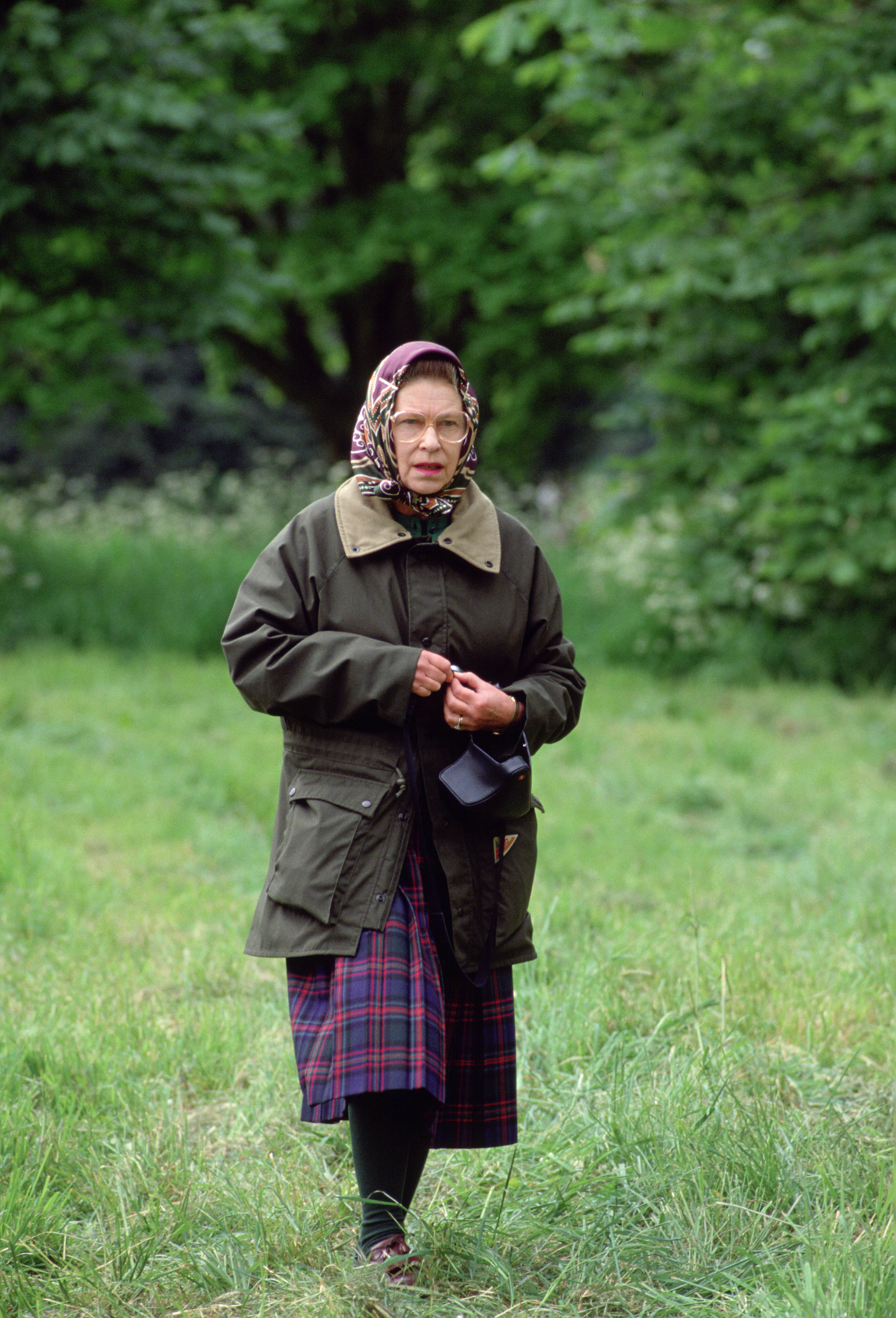
Elizabeth II was Barbour's ultimate poster girl and wore one jacket for around 25 years.
Steve McQueen, actor, race car driver and ‘King of Cool, was the wax jacket’s indisputable poster boy and he wore Barbour and Belstaff models on and off screen (rumour has it that he was so fond of his Belstaff that he cancelled a date with Ali MacGraw in order to stay home and wax it). And its poster girl? Elizabeth II. In 2017, Dame Margaret Barbour, the company’s current chairperson, revealed on Woman’s Hour that she’d offered the monarch a new jacket to mark her Diamond Jubilee (2012). The Queen politely declined, but agreed to have her existing jacket, which by then was thought to be a quarter century old, rewaxed. She later remarked to Margaret, while handing her her CBE, that ‘every closet in Britain must have a Barbour jacket in it’.
Exquisite houses, the beauty of Nature, and how to get the most from your life, straight to your inbox.
The current sartorial mood encompasses functionality, sustainability and the British countryside and so the wax jacket’s popularity shows no signs of waning. Barbour’s stream of designer collaborations, including Erdem, Alexa Chung and Paul Smith, has ensured that its desirability transcends generations, while high fashion brands such as as Loewe and Toteme have produced their own versions, drawing in the international style set and guaranteeing this piece of British design icon a place in the wardrobe of greats.
Amie Elizabeth joined Country Life in 2022. She studied history at Edinburgh University and previously worked in interior design and fashion styling. She regularly contributes to Country Life’s London Life section and compiles the weekly Barometer feature. She also writes for Luxury London and has covered everything from Chanel suits and art events, to the best pies in London.
-
 Can you buy happiness? The latest list of Britain's happiest places, and what you could end up with if you moved there
Can you buy happiness? The latest list of Britain's happiest places, and what you could end up with if you moved thereCan you buy happiness? Of course not, but you can buy a nicer house in a better town... and, well, that's probably going to help quite a bit.
-
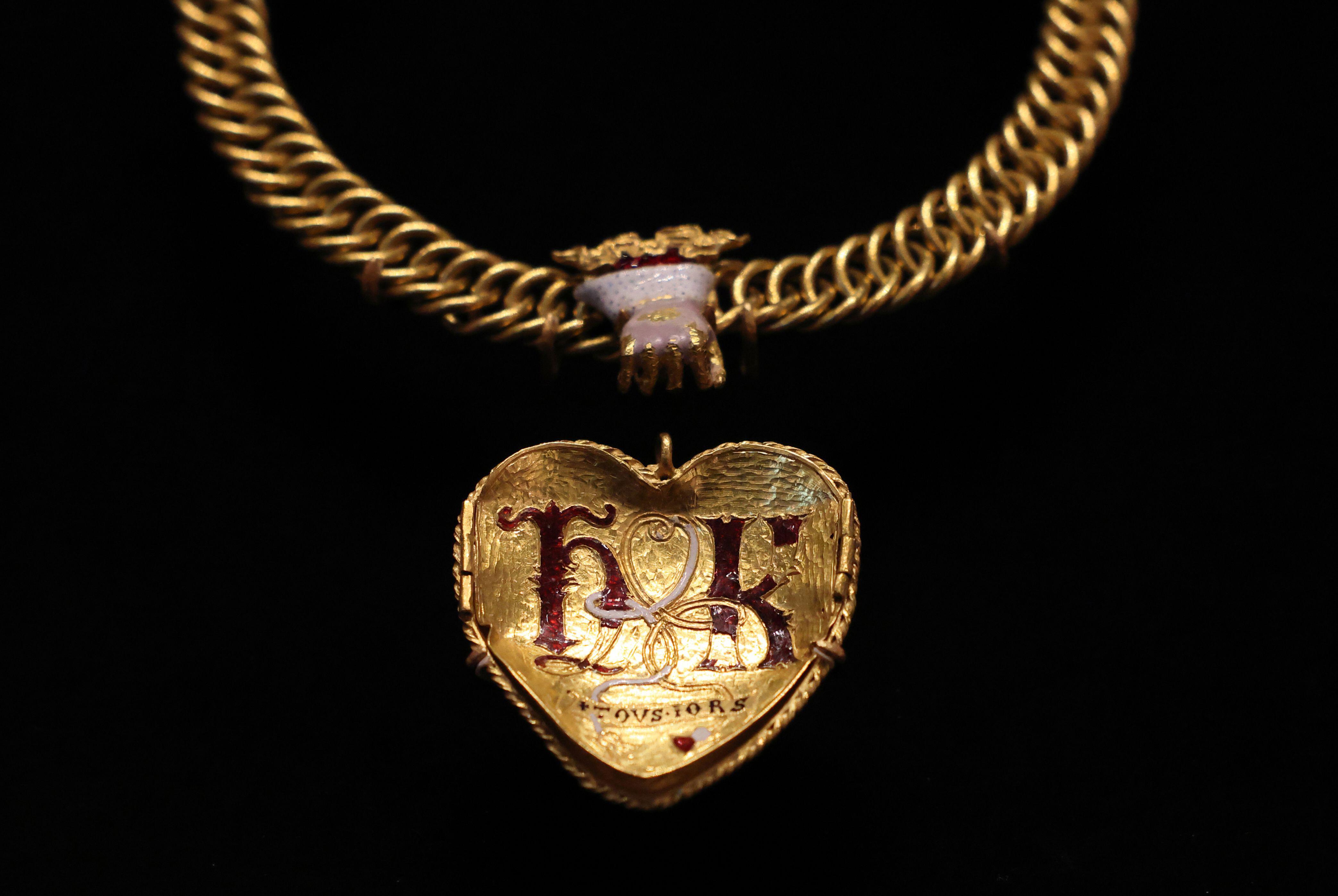 Is the British Museum's attempt to save a Tudor-era pendant with links to Henry VIII proof that the institution is on the up?
Is the British Museum's attempt to save a Tudor-era pendant with links to Henry VIII proof that the institution is on the up?After years of neglect and controversy, Britain's premier cultural institution seems to be finding its feet again.
-
 Is the British Museum's attempt to save a Tudor-era pendant with links to Henry VIII proof that the institution is on the up?
Is the British Museum's attempt to save a Tudor-era pendant with links to Henry VIII proof that the institution is on the up?After years of neglect and controversy, Britain's premier cultural institution seems to be finding its feet again.
-
 Suit yourself: I’m a 49 year-old man-about-town and I’ve never owned a suit
Suit yourself: I’m a 49 year-old man-about-town and I’ve never owned a suitWhen Hugh Smithson-Wright turned up to Country Life's annual Gentleman's Life party sans suit, it sparked a passionate conversation about why the formal fashion just isn't for everyone.
-
 Meet the British perfumers squeezing landscapes into scents
Meet the British perfumers squeezing landscapes into scentsThe nuances of modern perfumery now allow a single drop to evoke an entire landscape. Amie Elizabeth White explores the native houses hitting the right notes
-
 Sweet civilisation: What do you get when you ask architects to compete in a gingerbread competition?
Sweet civilisation: What do you get when you ask architects to compete in a gingerbread competition?The Gingerbread City is back in London’s Kings Cross. Lotte Brundle pays it a visit.
-
 Sophia Money-Coutts: A snob's guide to meeting your in-laws for the first time
Sophia Money-Coutts: A snob's guide to meeting your in-laws for the first timeThere's little more daunting than meeting your (future) in-laws for the first time. Here's how to make the right kind of impression.
-
 This machine is what happens when the Rolls-Royce of motorbikes and the most innovative of watchmakers join forces
This machine is what happens when the Rolls-Royce of motorbikes and the most innovative of watchmakers join forcesBrough Superior and Richard Mille, two brands renowned for perfection, have created something that is exactly that.
-
 ‘Each one is different depending on what mood I’m in, how I'm feeling and how my energy is’ — meet the carver behind Westminster Hall's angel statues
‘Each one is different depending on what mood I’m in, how I'm feeling and how my energy is’ — meet the carver behind Westminster Hall's angel statuesBespoke woodcarver William Barsley makes unique scale replicas of the angels that gaze over Westminster Hall, the oldest part of the palace of Westminster.
-
 If chess is 'the supreme board game', then it deserves to be played on boards like these
If chess is 'the supreme board game', then it deserves to be played on boards like theseChess sets and backgammon boards are a familiar sight on drawing-room tables, but one expert Highland woodworker is refashioning their forms in beautiful new ways.
